Sightseeing Spots
Search Results41
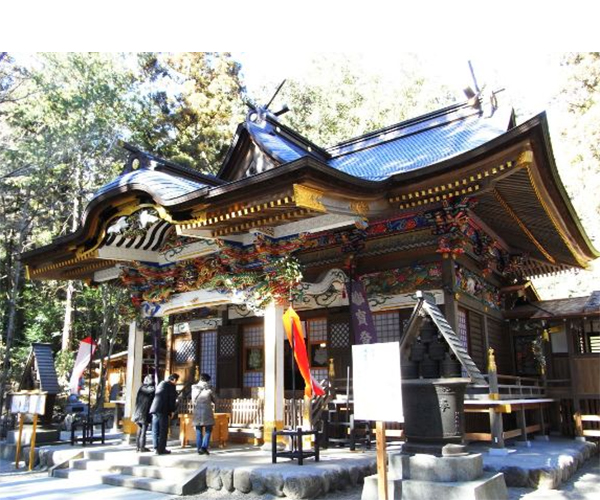
This shrine was said to be founded by Yamato Takeru, the 12th Emperor of Japan, around 2,000 years ago. The current main building of the shrine is Shinto-style architecture, where the main hall and worship hall share one roof and are connected by an intermediate passageway. The main shrine, hall of offerings, and hall of worship were rebuilt during the end of the Edo period to the early Meiji period. The shrine is said to protect from fires, theft, and pain. Not only do many worshipers come from the local area, but also from throughout Kanto region, with more than one million annual visitors.
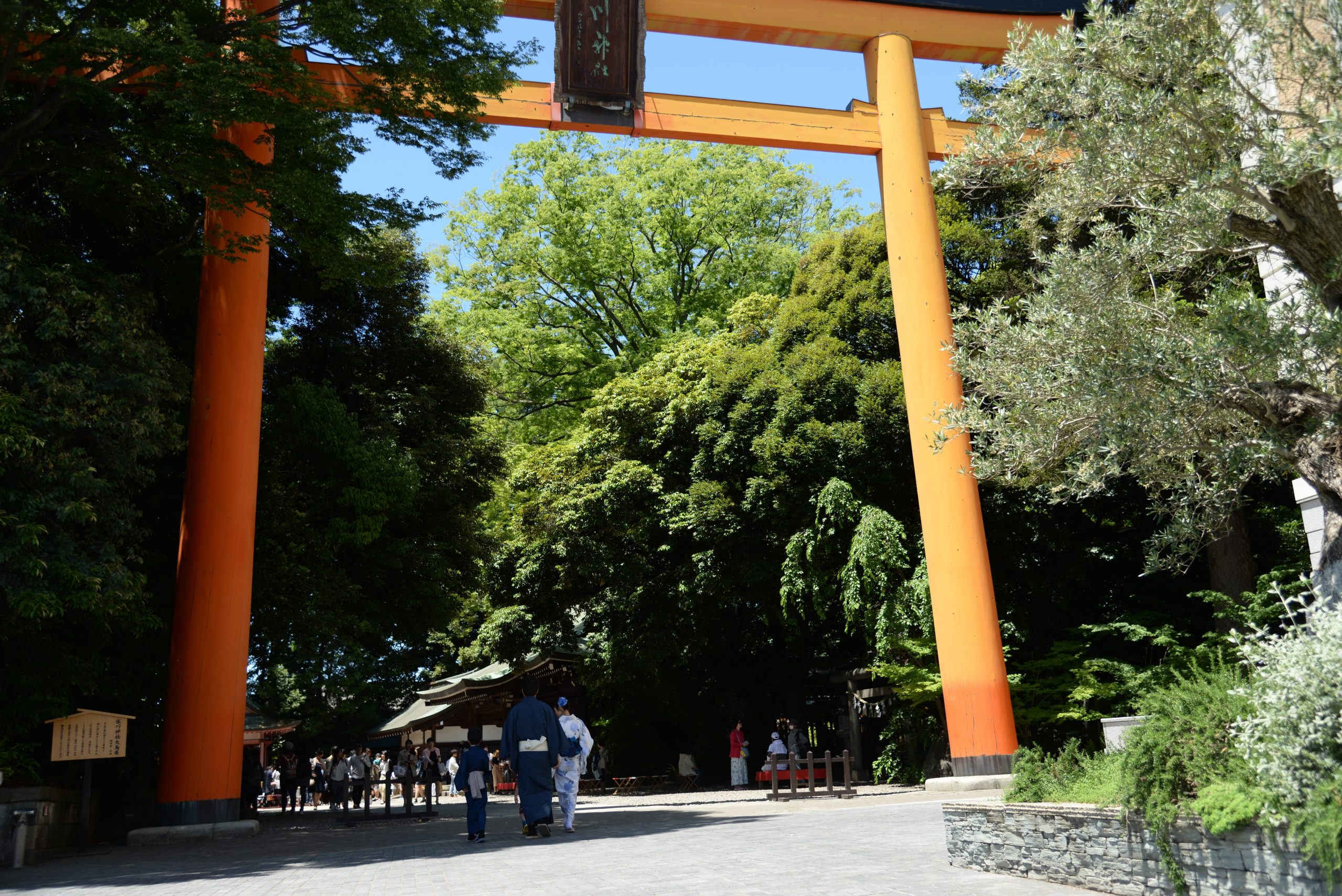
The history of Kawagoe Hikawa Shrine goes as far back as the reign of Emperor Kinmei in the 6th century, and is said to have started with the separation of worship practices by the Ōmiya Hikawa Shrine, a part of Musashi Ichinomiya, when the cultural practice of building burial mounds was passed on to them. When Ōta Dōkan built a castle thereafter, it was revered as a Sōja, a shrine enshrining several gods, of this location. Kawagoe Hikawa Shrine is familiarly called “Ohikawa-sama.”
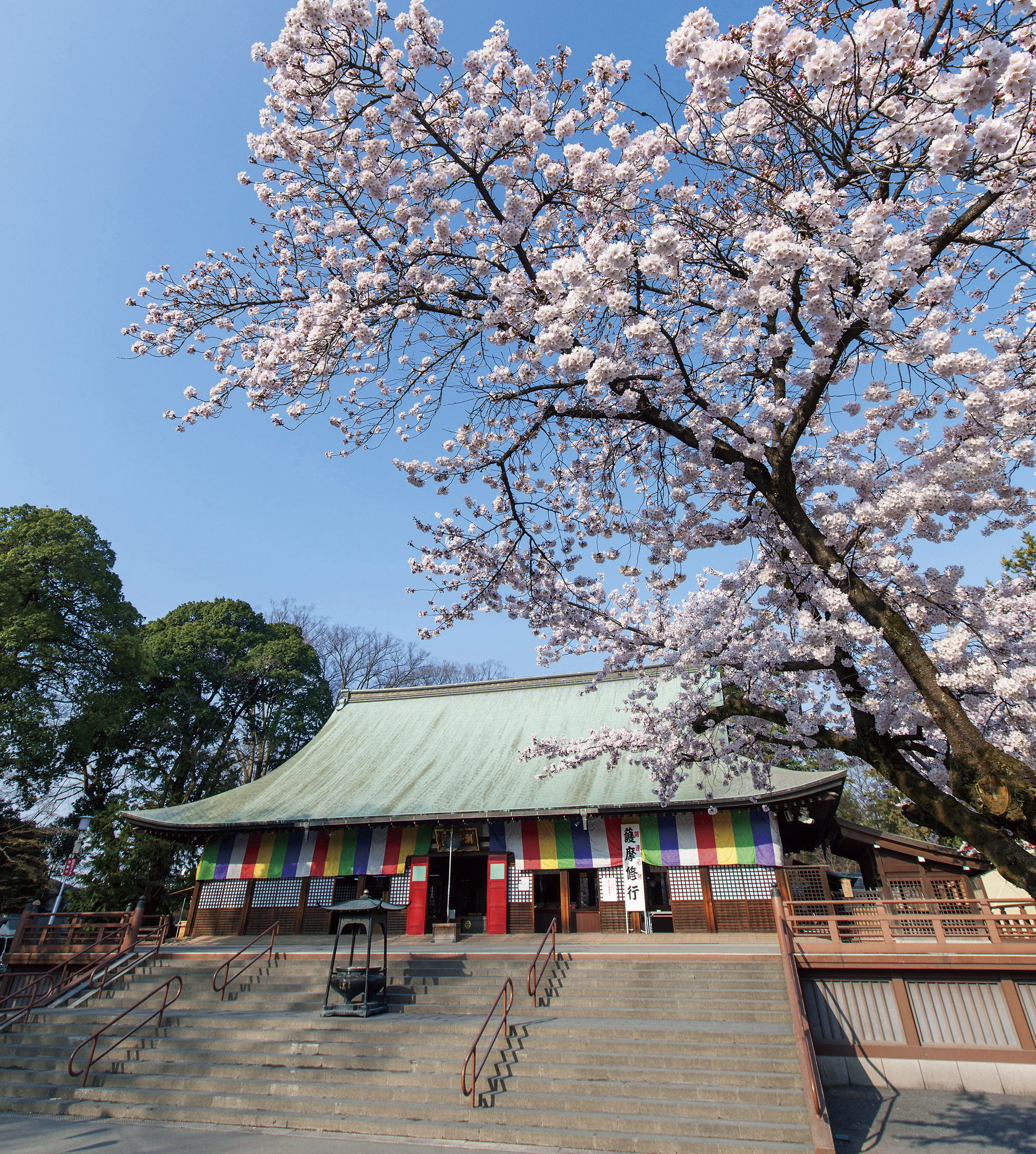
Kitain Temple thrived after the appointment of Sōjō Tenkai, entrusted by Ieyasu Tokugawa, in 1612. Most of the temple burnt down in Kawagoe's great fire in 1638, but was renovated during the Edo period by the third generation shogun Iemitsu, who transferred the "Iemitsu Birth Room" and "Kasuga Bunkachi Makeup Room" to the temple from the Edo castle. In addition, the entire area was designated as an important cultural property. One of Japan’s three major arhat, “Gohyakurakan”, can be seen here.
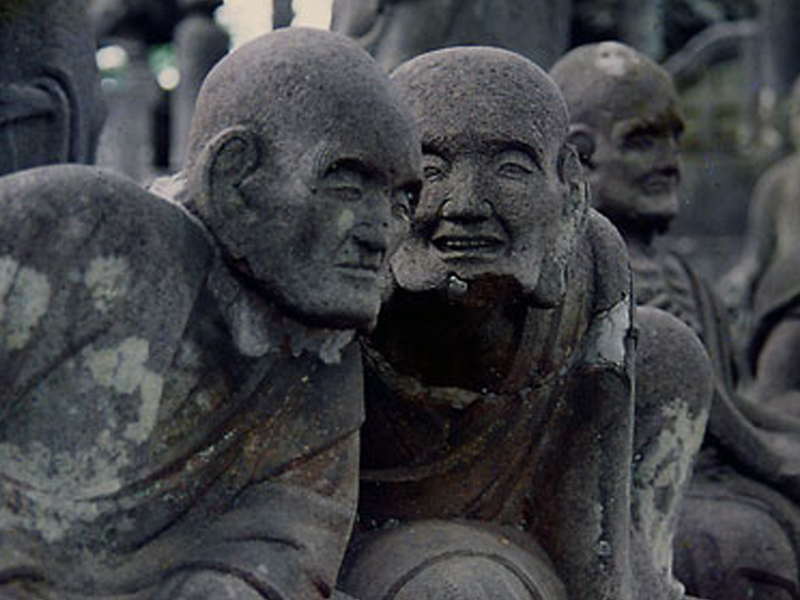
"Rakan," or "Arhat," is a Buddhist term signifying a spiritual practitioner, or high priest, who has attained enlightenment. The 500 Rakan of the Kitain Temple are one of Japan's three great Rakan and took 50 years to complete. The 538 stone statues are famous for expressing a wide range of human emotions and for each having a unique action. According to legend, if you visit at night and touch the heads of the statues, only one will be warm, and it is said that this statue's face resembles the sculptor's deceased parent.
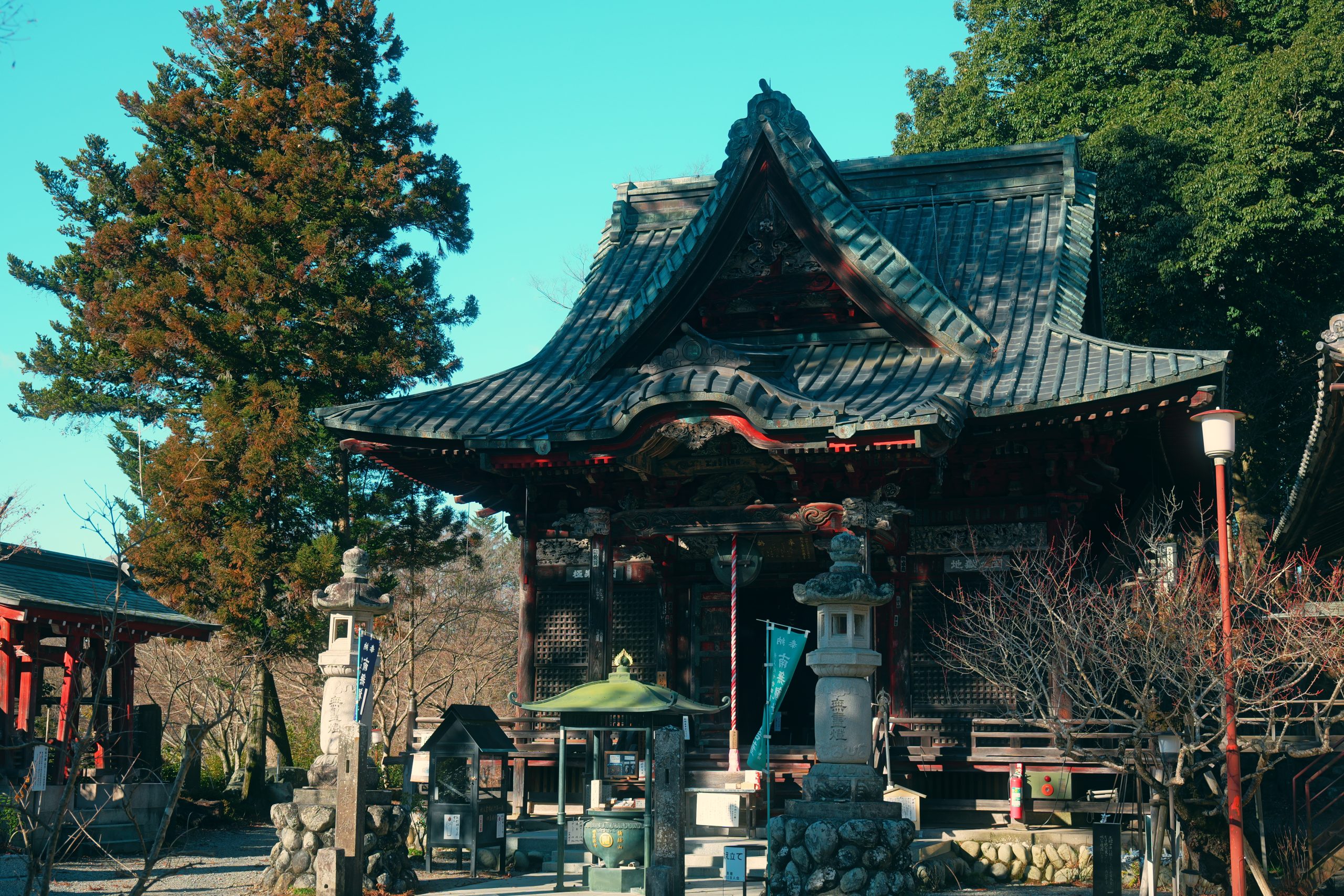
Shimabu-ji Temple is the No.1 temple of Chichibu Fudasho (34 sacred places of the Kannon) . The main hall (Kannon-do), built in 1697, has been designated as a tangible cultural property of Saitama Prefecture. The carvings on the front balustrade, 'Jigoku no zu' and 'Gokuraku no zu', are magnificent. The main hall enshrines the deity Otasuke Kannon, who is said to help people out of their troubles and suffering. The Great Ceremony held every year on 24 August in the Shishoku Shokudo to the right of the main hall is also famous. It is a very lively gathering of monks from Chichibu, regardless of denomination. This event is famous as one of the three major offerings in the Kanto region, along with the Gyokusoin no Daisegaki in Saitama City and the Dojo Shigaki in Eifukuji in Sugito-cho, Kitakatsushika-gun.
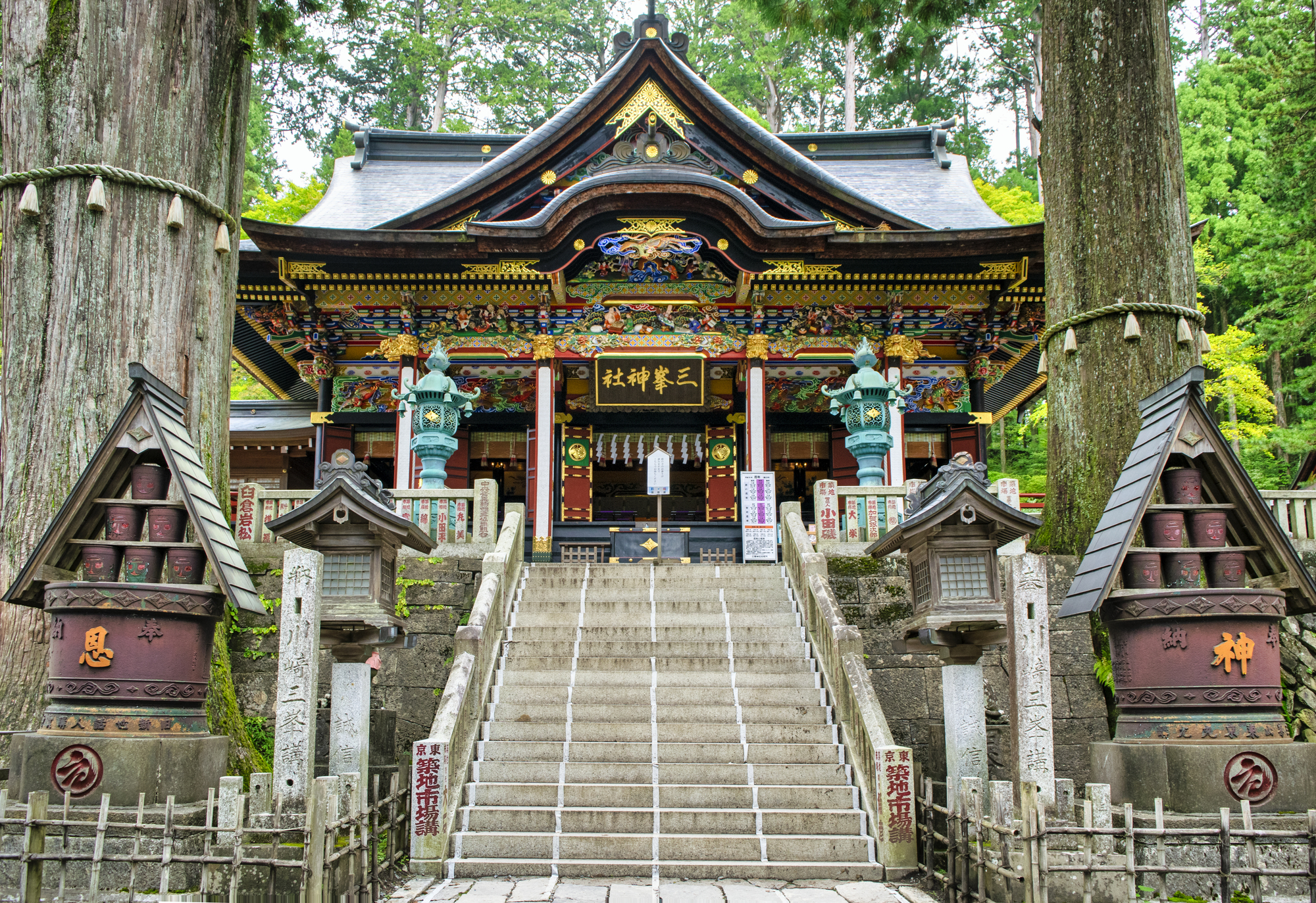
The history of the temple is said to date back about 2,000 years ago, to the reign of Emperor Keiko. During the Kamakura period (1185-1333), when faith in Mt. Mitumine spread, Hatakeyama Shigetada, Nitta Yoshioki, and others worshipped here. During the Tokugawa period (1603-1867), the Kishu shogunate and the Kishu family were revered, and gifts from the Kishu family in particular are still treasured by this shrine. When autumn arrives, the “Fifteen Nights and Moon Reading Festival” is held to herald the arrival of autumn in the mountains of Chichibu.
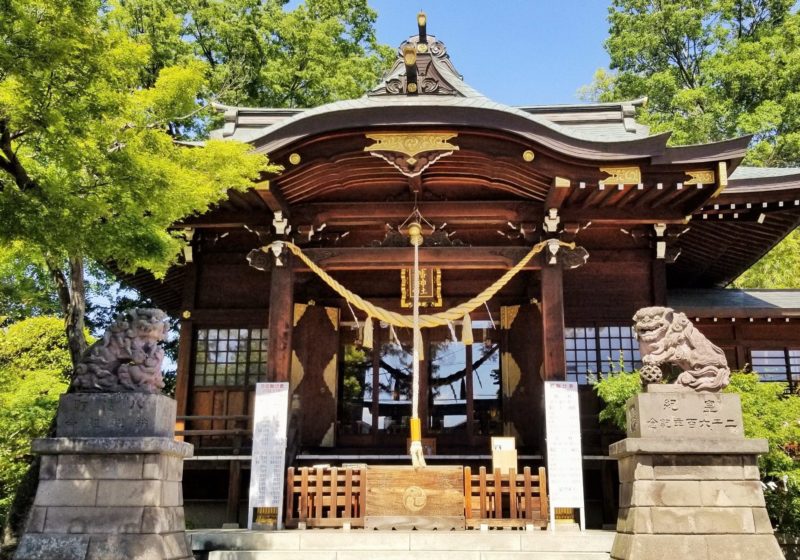
Gyōda Hachiman Shrine is called “Fūji no Miya" (Palace of Sealing) for its secret prayer method which is believed to help children sleep, prevents nervousness, cancer, diseases, bad habits and dementia in the elderly. In the precincts, there is a “shrine of the eyes,” the Kasamori Inari Shrine which enshrines the god of eczema and beautiful skin, along with “Okuninushi Shrine” that enshrines Oshi Castle’s 7 lucky gods. Recently, the “nade momo” (patting peach) is said to be a place for spiritual energy, and is famous for the god of warding off suffering from illness and misfortune.
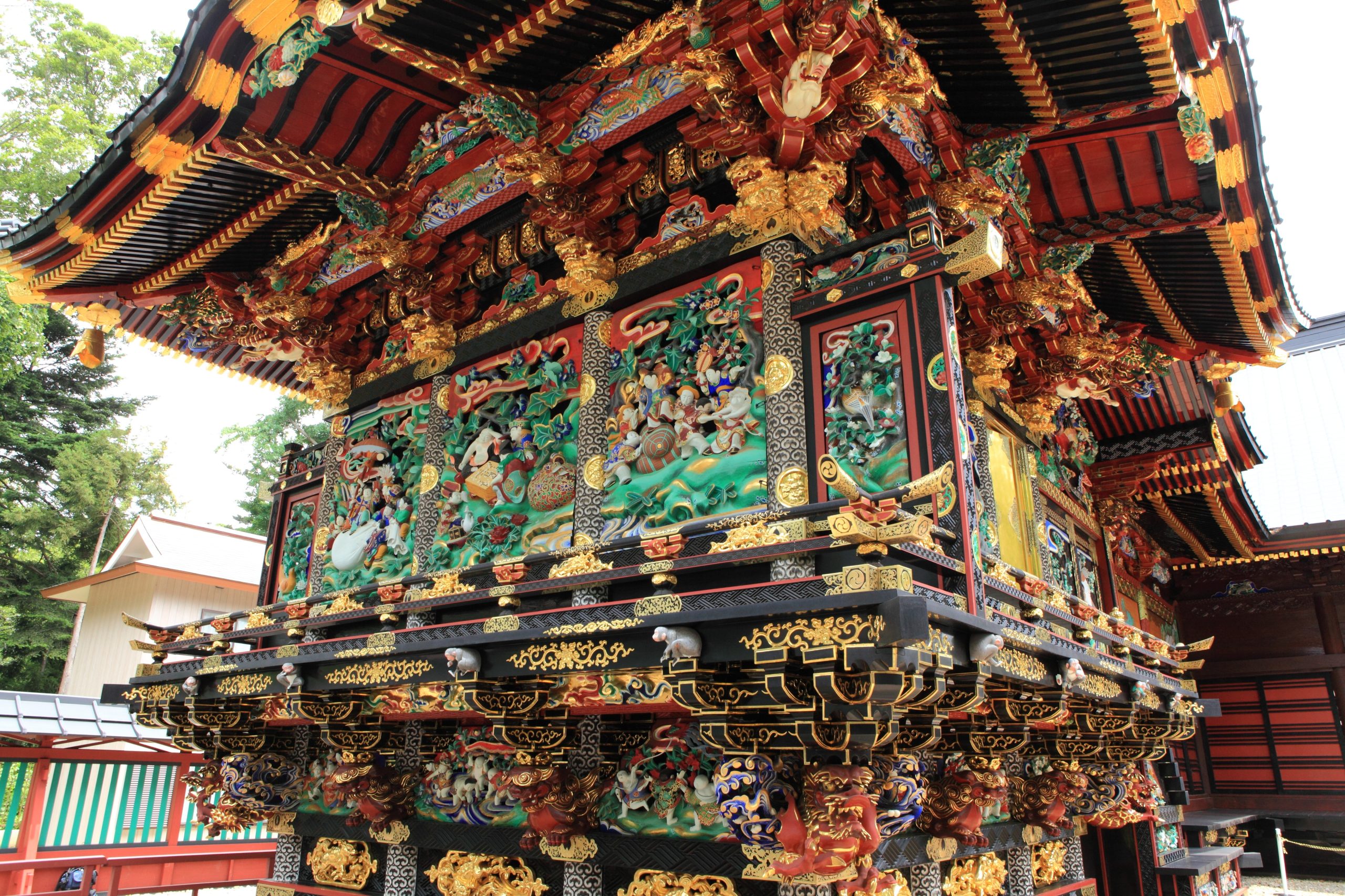
Menuma Shodenzan Kangiin Temple is known as one of Japan’s three holy temples and is said to bring blessings for matrimony, family health, fortune, and scholarly achievements. In 2012, the main sanctuary, “Kangiin Shotendo,” was designated as a national treasure due to its highly skilled carvings, modern decorative architecture and public funding of its construction. Events take place throughout the year, such as the annual grand festival and Setsubun festivals during the spring and autumn.
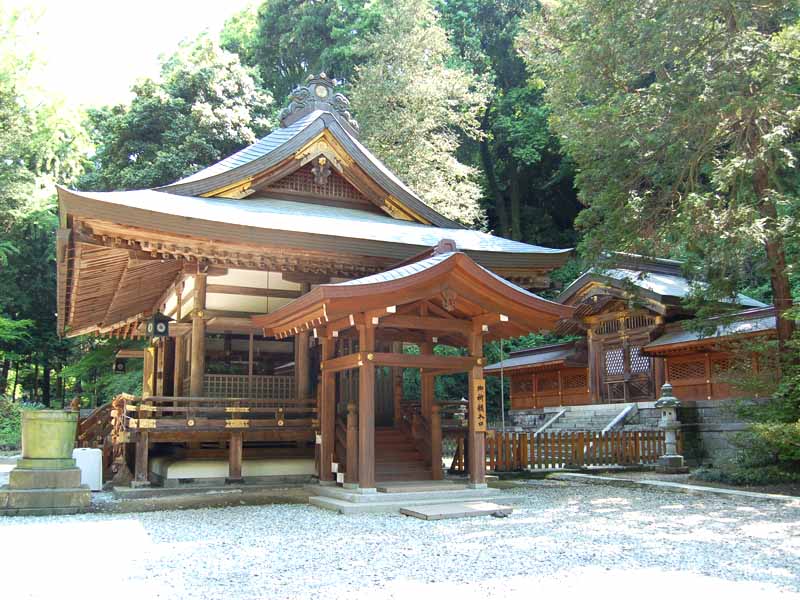
One of the most prestigious shrines in the prefecture, it has no main shrine due to being dedicated to the scared mountain Mt. Omuro, and is one of few shrines that still practice this more ancient form of Shinto belief, the only other two shrines of which are Suwa Grand Shrine in Nagano and Omiwa Shrine in Nara. The shrine is said to have originated when the god Yamato Takeru no Mikoto hid tools for fire starting in Mt. Omuro. The shrine also enshrines the goddess of the sun, Amaterasu Omikami, and the god of sea and storms, Susanoo no Mikoto.
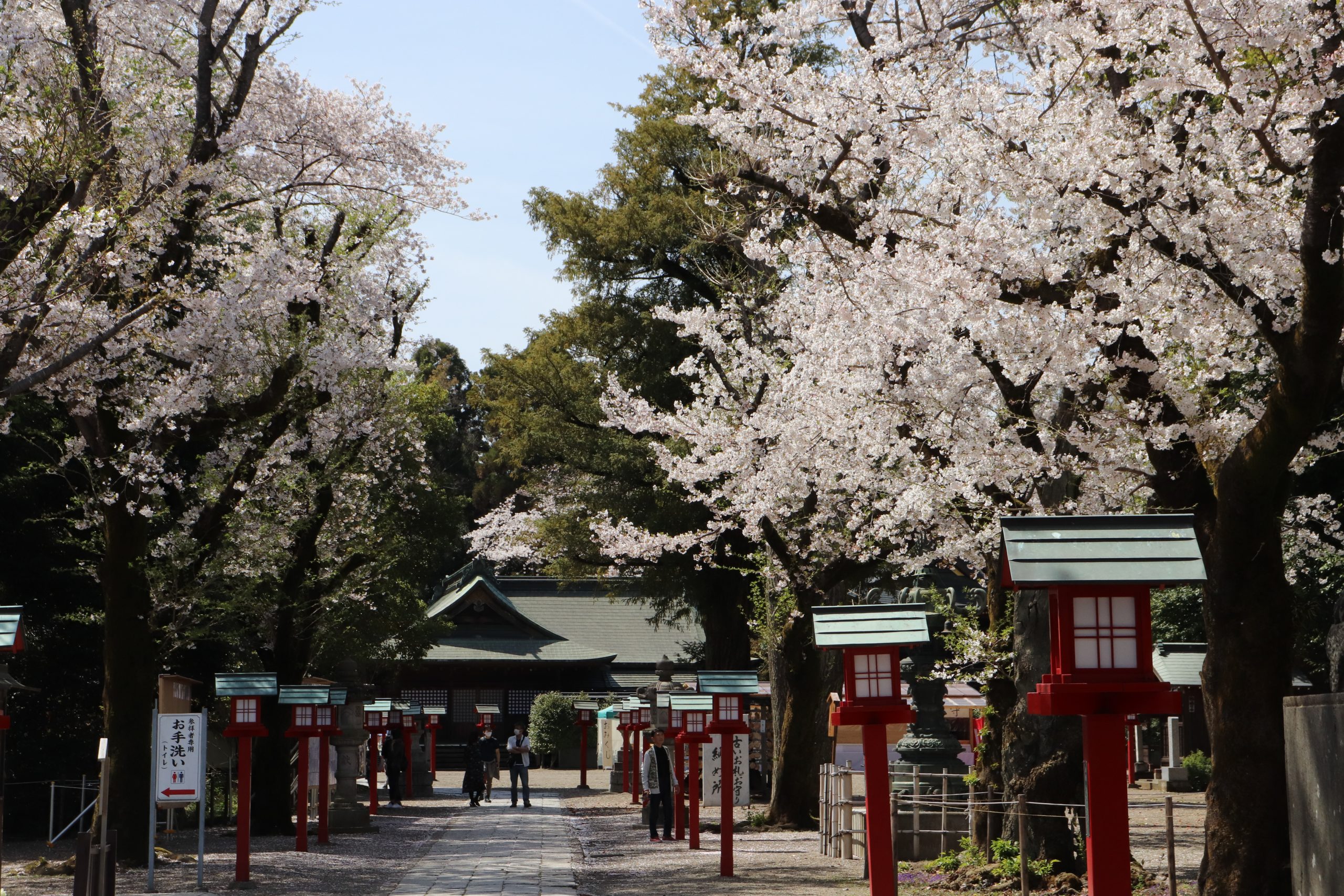
This is the oldest grand shrine in Kanto. It is said to have been founded by descendants of the Izumo family because of its old nickname, Hazenomiya; another theory is that it was established by Yamato Takeru 1900 years ago in the time of Emperor Keikō. The Washimiya Saibara Kagura music and dance is a tradition in the shrine and is designated as an important intangible folk cultural property of the country. The shrine also appears in the animation “Lucky Star,” and Washimiya shrine uses this connection to the work to revitalize the area.
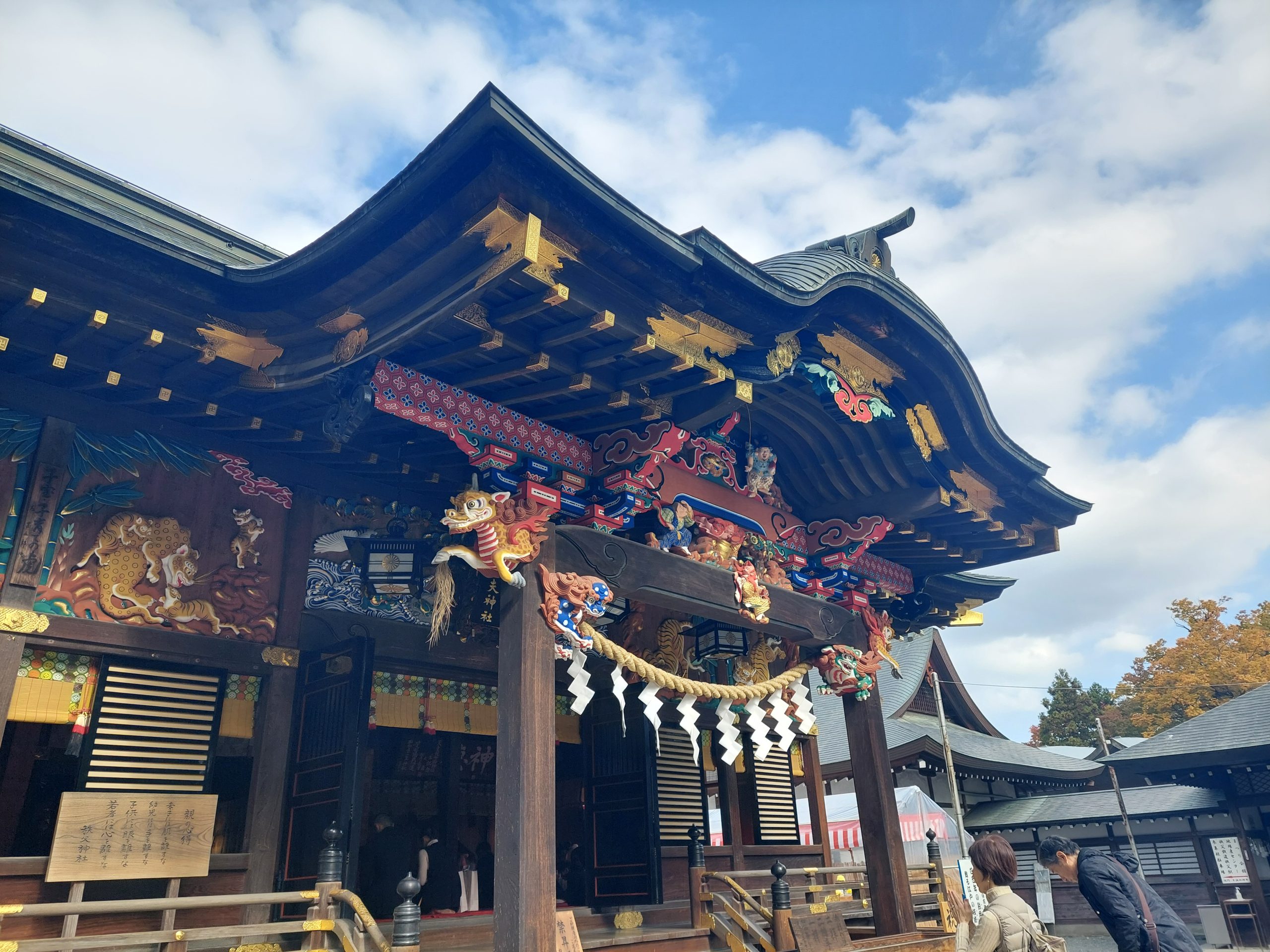
Marking 2100 years, Gochinza, a Sōja of Chichibu, has been revered since ancient times. In a forest of oak, there is an atmosphere with style and solemn beauty. The existing main building of the shrine is a contribution of Ieyasu Tokugawa in 1592 and was designated as Saitama Prefecture’s tangible cultural property due to the fact that it holds much of the Edo period’s early architectural style.
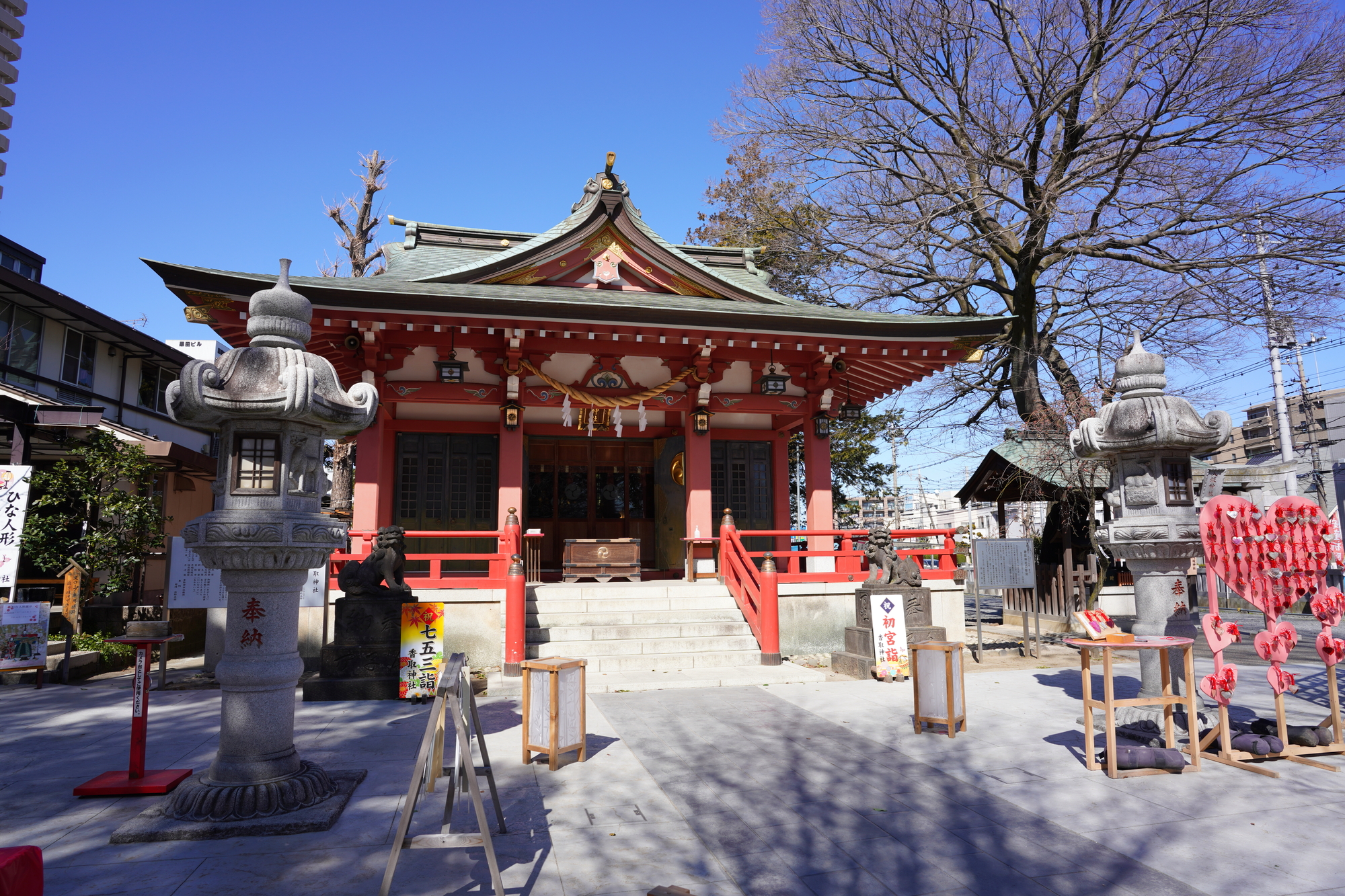
This is the Ōsawa village shrine. It is said the Katori Shrine was transferred here from Sagishiro. The “Meisaichō” notes the shrine's establishment as Ōei era (1394 to 1428). This area belonged to Shimōsa Province in the middle ages, and Katori Shrine, the province's first shrine, was invited to the village as its guardian deity and built in Sagishiro. It was moved to its current ground around the Kan’ei era (1624 to 1644) due to the maintenance of the Ōushū Kaidō. According to the sign displaying date of construction (munafuda), the current main shrine was renovated in 1866. A pattern from the fabric-dyer is engraved around one side of the main shrine. It is the work of Takejiro Hasegawa who resides in Mount Asama San’ya-machi and is the city’s designated cultural property.
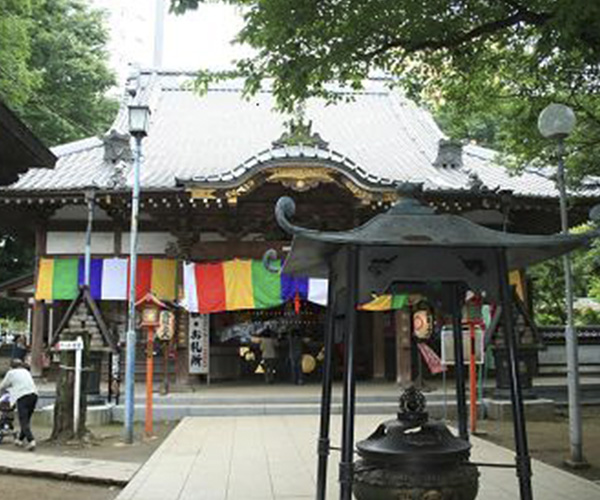
Founded in 1549 by Renkei Daishi, the mother of Kawagoe Castle Lord Masashige Daidoji. Later during the Tokugawa period, it was officially recognized as a temple and made into a school for Buddhist monks, and many Buddhist monks were educated there. In addition, the temple enshrines Fukurokuju, one of the 7 lucky gods of Kawagoe. Events are held at the temple on a regular basis.
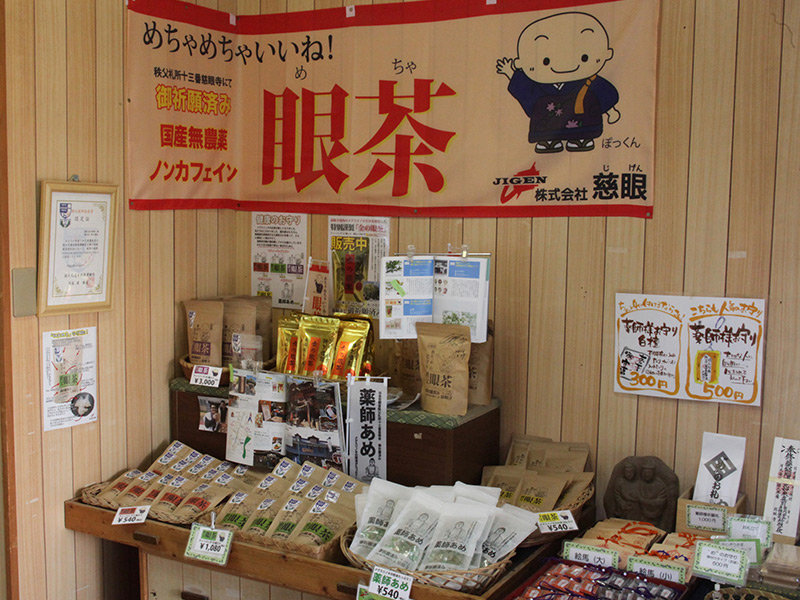
Jigenji is Chichibu’s 13th sacred site on Japan’s 100 Kannon Pilgrimage. It has been famous as a "temple for eyes" for 780 years. Worshippers come from all over Japan with worries and concerns regarding the eye.
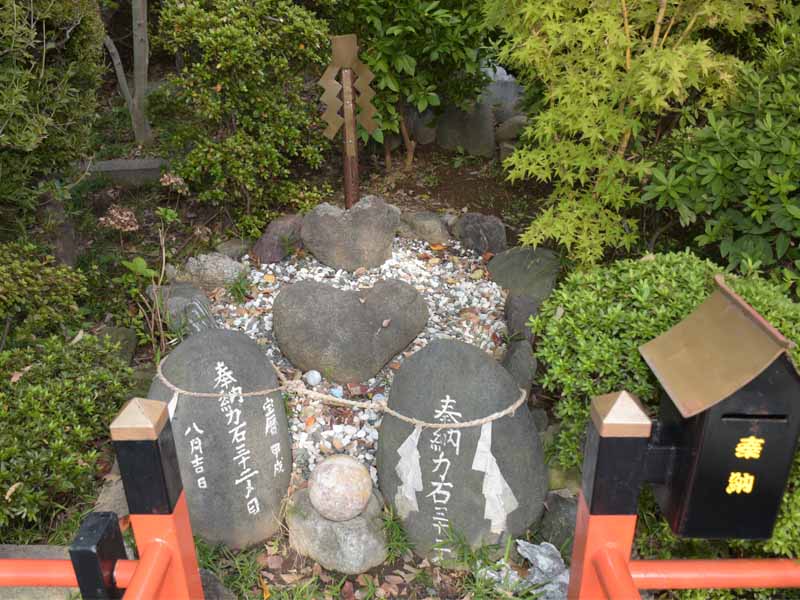
The date of its establishment is unknown, but it is said to have been built either in the Meiō period (1492-1501) or in the first year of Jokyo (1684). It is said that when a Buddhist priest named Genkai visited the Fushimi Inari, he built a sutra mound with 10,000 Lotus Sutras buried inside. In the precincts, you can also find a shrine dedicated to Shingoro Takahashi and his wife Ise, who developed Warabi's textile industry, and a heart-shaped stone known to grant visitors success in their pursuit of love.
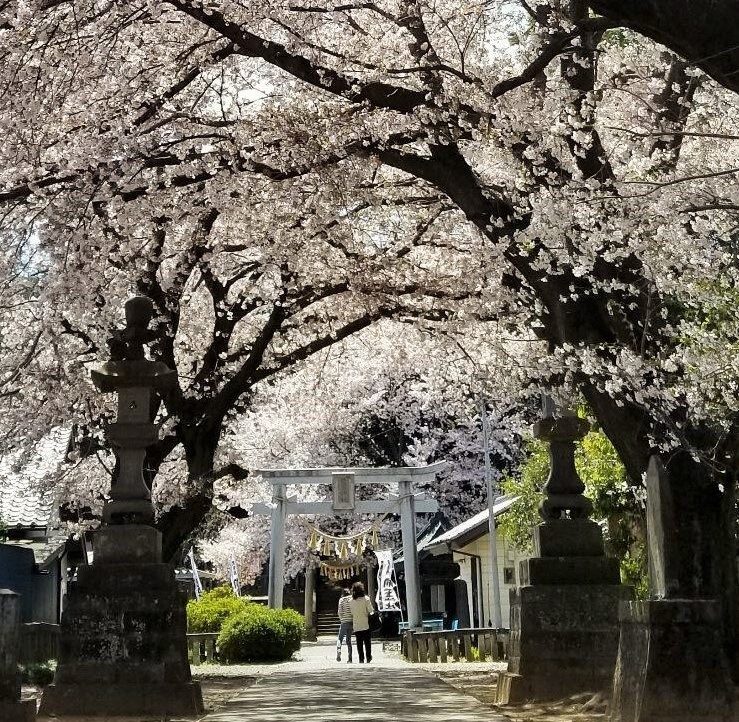
Sakitama Shrine is an ancient shrine with a majestic and calm atmosphere which holds a history of a thousand and a few hundred years, and is the origin of Saitama Prefecture's name. The main building of the shrine has a height of 8.7 meters, a circumference of about 92 meters, and is built on top of a megalith tomb (kofun) called Sengenzuka, connected to the Saitama Kofun Group. The deity has two pillars: Sakitamahime-no-mikoto and Sakitamahiko-no-mikoto, gods that protect individuals and bring good fortune and success in matrimony. Recently, a popular limited edition go-shuin (seal stamp) with a motif of the 4 cats that reside in the shrine is available (every month on the 22nd including a few days before and after).
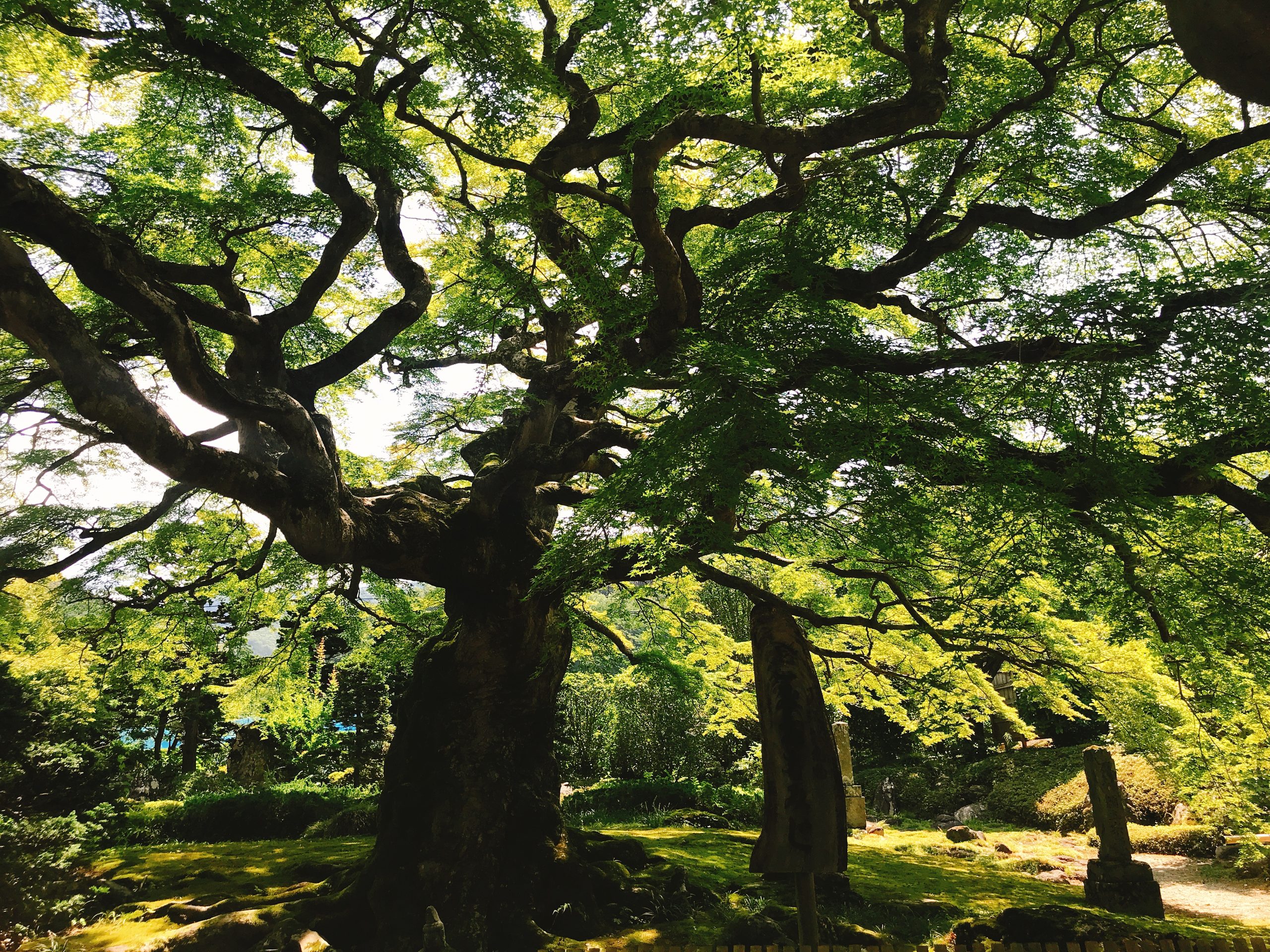
The change of the seasons can be enjoyed in the large, elegant butterfly maple tree, said to be 600 years old and designated a Saitama Prefecture Natural Treasure. The trunk is 3.8 m in circumference, 7.2 m in height, and the canopy measures 18.9 m north to south, 20.6 m east to west, and 56.3 m in circumference. The peak for autumn leaves is mid to late November. The "Night Zazenkai" (Night Zen Meditation) is also held on the 8th of every month from 7:30PM. A soba restaurant, "Teuchi Soba Machida" is nearby, and you can enjoy a meal of handmade soba while viewing the changing seasons.
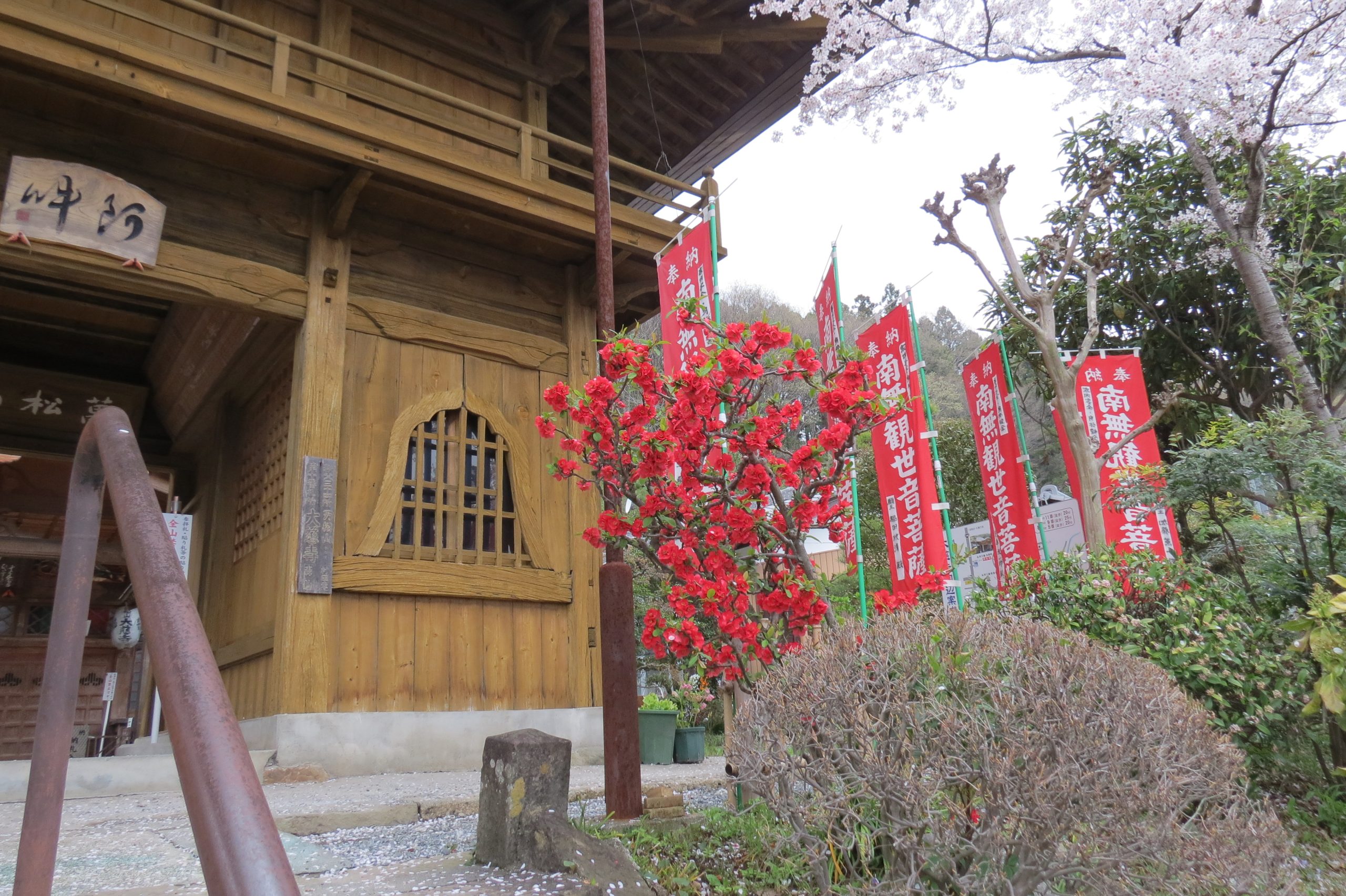
In front of the main hall is a statue of “Obinzurusama” (a disciple of Buddha), which legend has it that you will be healed by touching the statue where your body has pain while touching the same place on your body. In spring the adorable rare Bukoumamezakura cherry blossoms bloom for a delightful scene. It was also the setting for the animated movie, “The Anthem of the Heart." The “Enmei Jizō" (life-prolonging Jizō statue) stands at the entrance as a landmark.
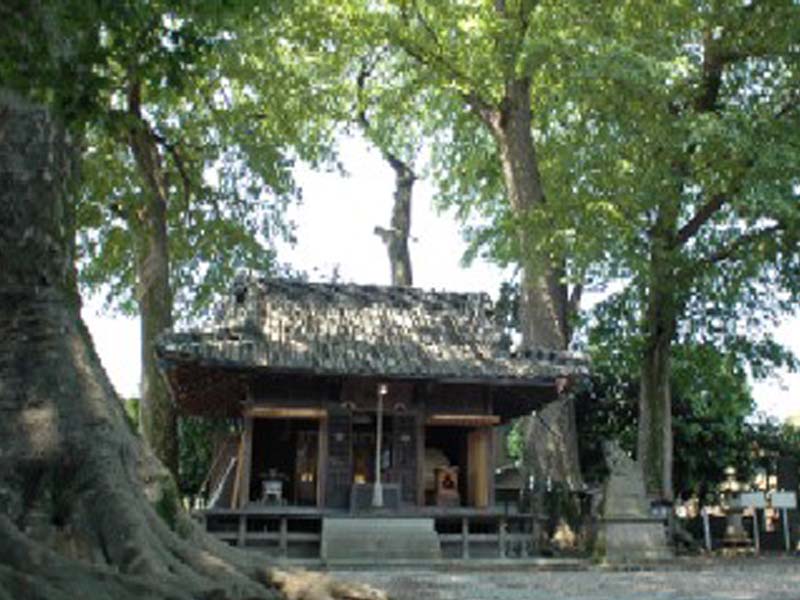
Enshrining Susanoo-no-Mikoto, the god of the sea and storms, this shrine is known to protect against evil and plague. Inside the shrine is a lion mask called the "Hirakata Lion" which is popular with locals. Every year in July, a mysterious festival is held called "Doroinkyo." This festival is designated as an intangible folk cultural asset by Saitama Prefecture. The giant zelkova tree and enoki mushrooms within the precincts are designated as natural monuments by Ageo City.
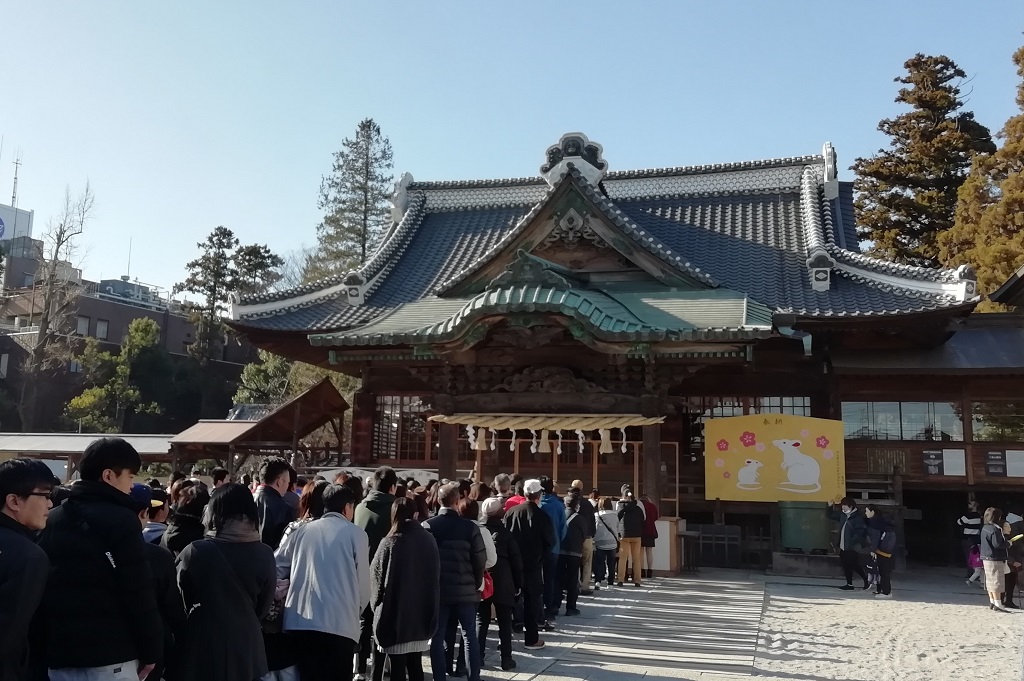
It is said that Minamoto no Yorinobu, on his way to defeat Taira no Tadatsune in the Heian period (794-1185), had a dream that a god on a white fox gave him a bow and arrow, aiding his win in the battle, thus spurning him to establish this shrine out of gratitude. Yakyū Inari Shrine is designated as a prefectural cultural property for its gongen-zukuri style, with highly sophisticated carvings on the interior and exterior of the building. Known for the god of good harvest, prosperous business and the arts, and most notably as the god of victory, many baseball players visit the shrine to pray due to the shrine being named "Yakyū" (baseball). The peony gardens are at peak bloom alongside wisteria and azaleas during mid-April.
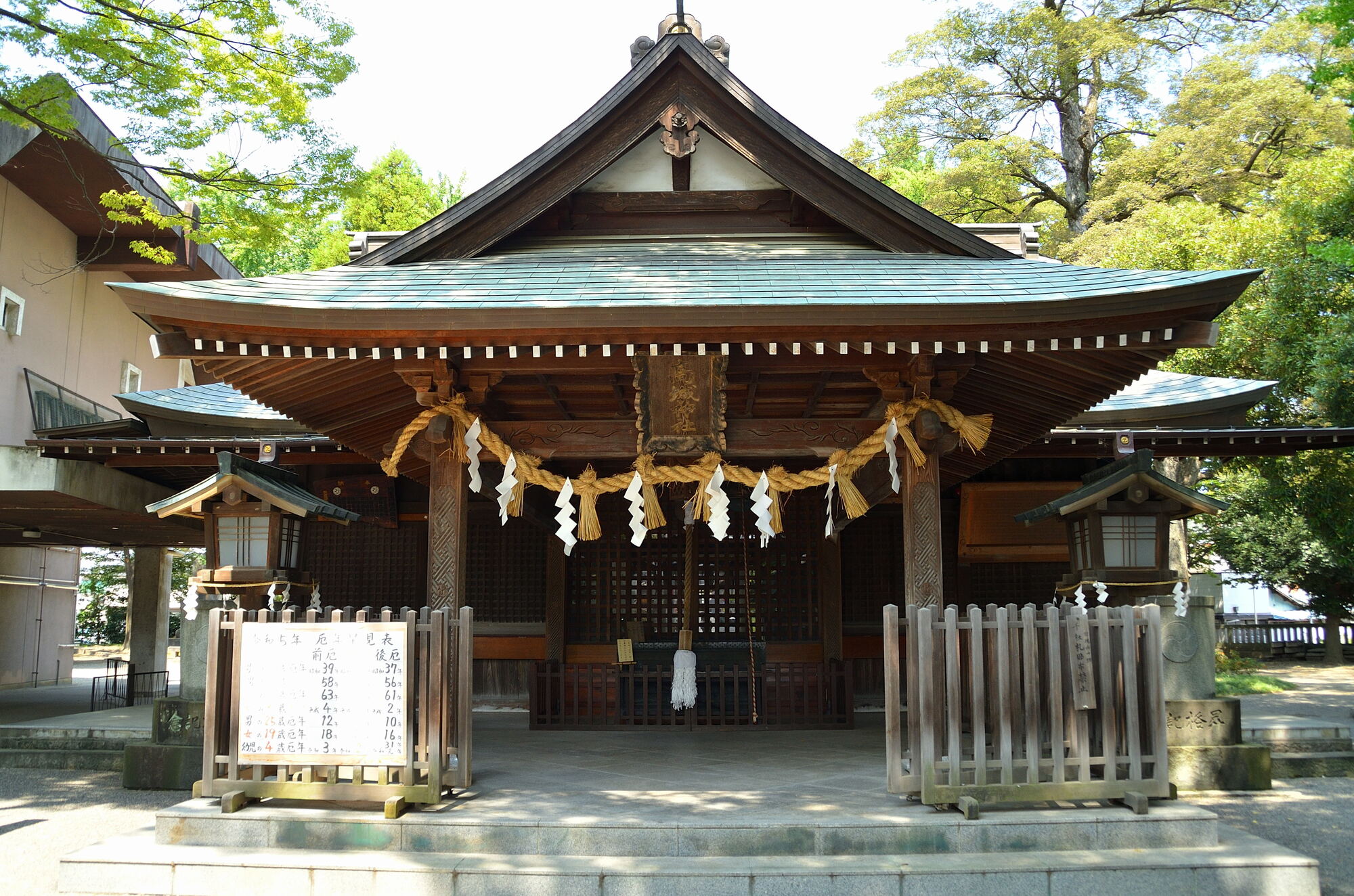
A shrine dedicated to the mythological god of agriculture, Takamimusubi. The shrine was destroyed by fire in 1590, and rebuilt by the lord of Oshi Castle, Abe Masayoshi. Annual festivals are held, such as Setsubun (seasonal division) on February 3rd, Tainai Kuguri (passing through the womb) on June 30th, and Tori no Ichi (Festival of the Rooster) on December 8th.
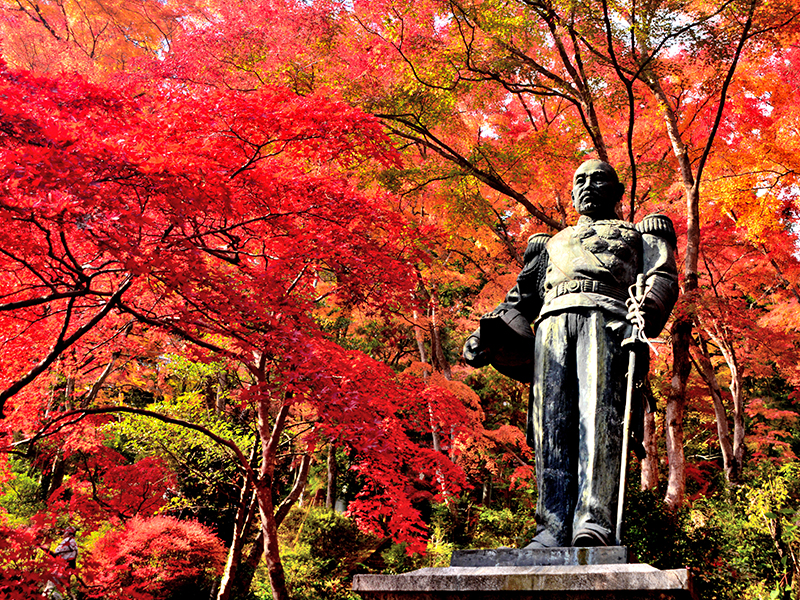
This shrine is dedicated to the spirit of Mt. Ontake, the sacred mountain of the Kiso district of Shinano Province. It is said to have a great spiritual power effective in dispelling bad spirits and bringing good fortune to all who visit. The shrine garden covers an area of almost 1,000 square meters, and includes Togo Park, a park associated with General Togo Heihachiro, within its precincts. The shrine performs various kinds of purification ceremonies (oharai) such as groundbreaking ceremonies, house purification, car purification, and purifications for Shichigosan (ceremony celebrating children at the age of 3, 5, and 7) and for the first shrine visit of the year.
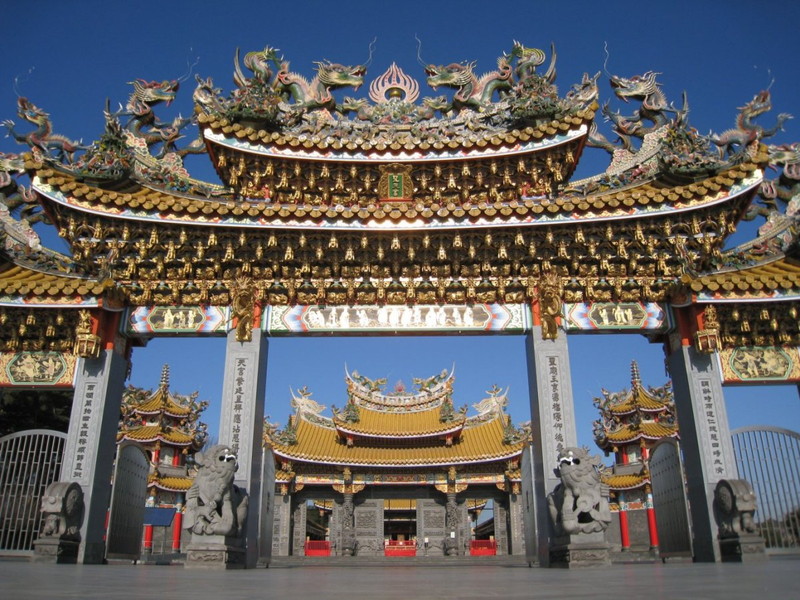
The largest Taiwanese Shinto shrine in Japan. This gorgeous structure is worth seeing at least once. The spiral ceiling assembled without any nails, the 5-meter Kowloon stone pillar, a 4-meter door with wood carvings of warrior gods and a coffered ceiling with dragons. You can experience authentic Taiwanese-style worship and omikuji (fortune slips) here.
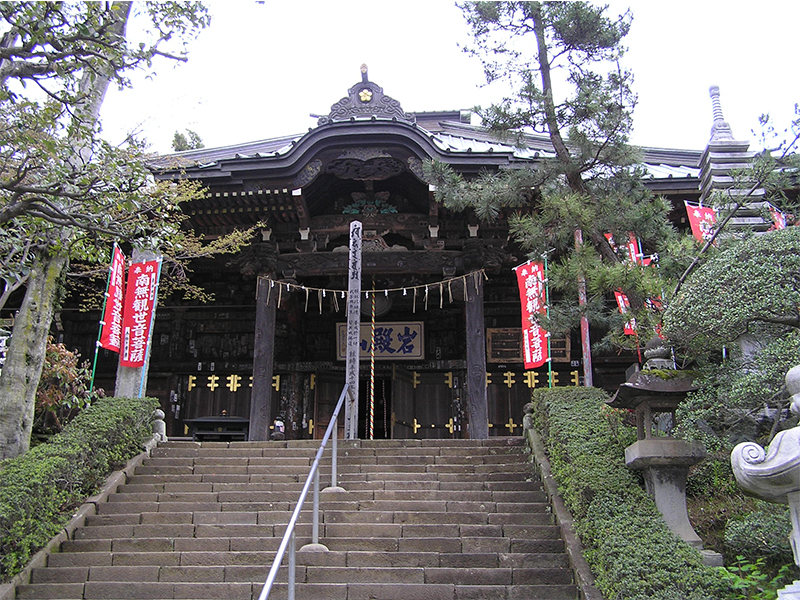
Anrakuji Temple is the 11th temple of the Bandō 33 Kannon Pilgrimage (Bandō Sanjūsankasho) and has been known as Yoshimi Kannon since ancient times. The main deity is the Holy Avalokitesvara, the deity of compassion, and according to the Yoshimi Kannon dependent origination (Buddhist doctrine), the origin of the temple dates back to about 1200 years ago, when the Buddhist priest Gyoki carved a statue of Avalokitesvara and placed in the rock cave. Every year on June 18th, the Kannon is unveiled in the early morning to the public to ward off evil spirits. Special "Yakuwake Dango" (dumplings to ward off evil) have been sold on this day since long ago, and the long road to Anrakuji Temple continues to be lined with stalls every June 18th, with the area very crowded from around 2 am to early morning.
This site uses cookies to improve the user experience. If you continue to browse, you consent to the use of cookies on this site. Accept
CONTACT
